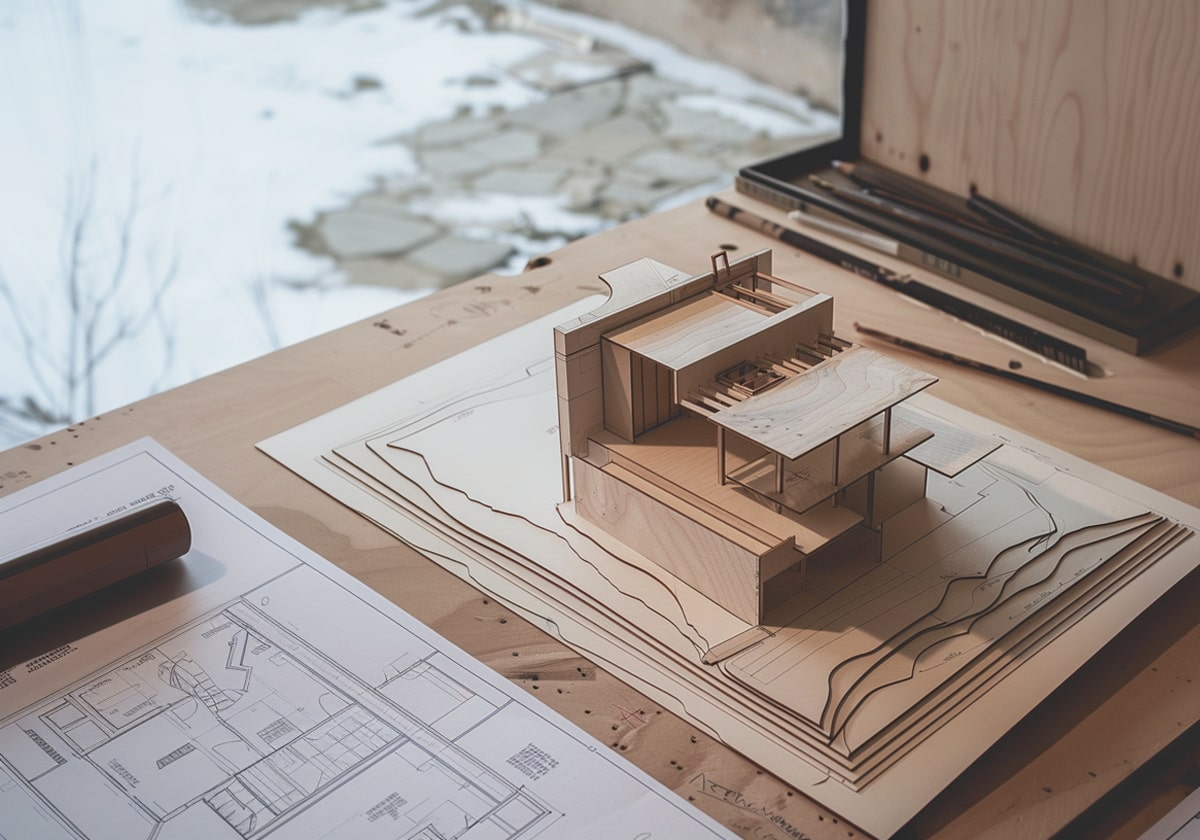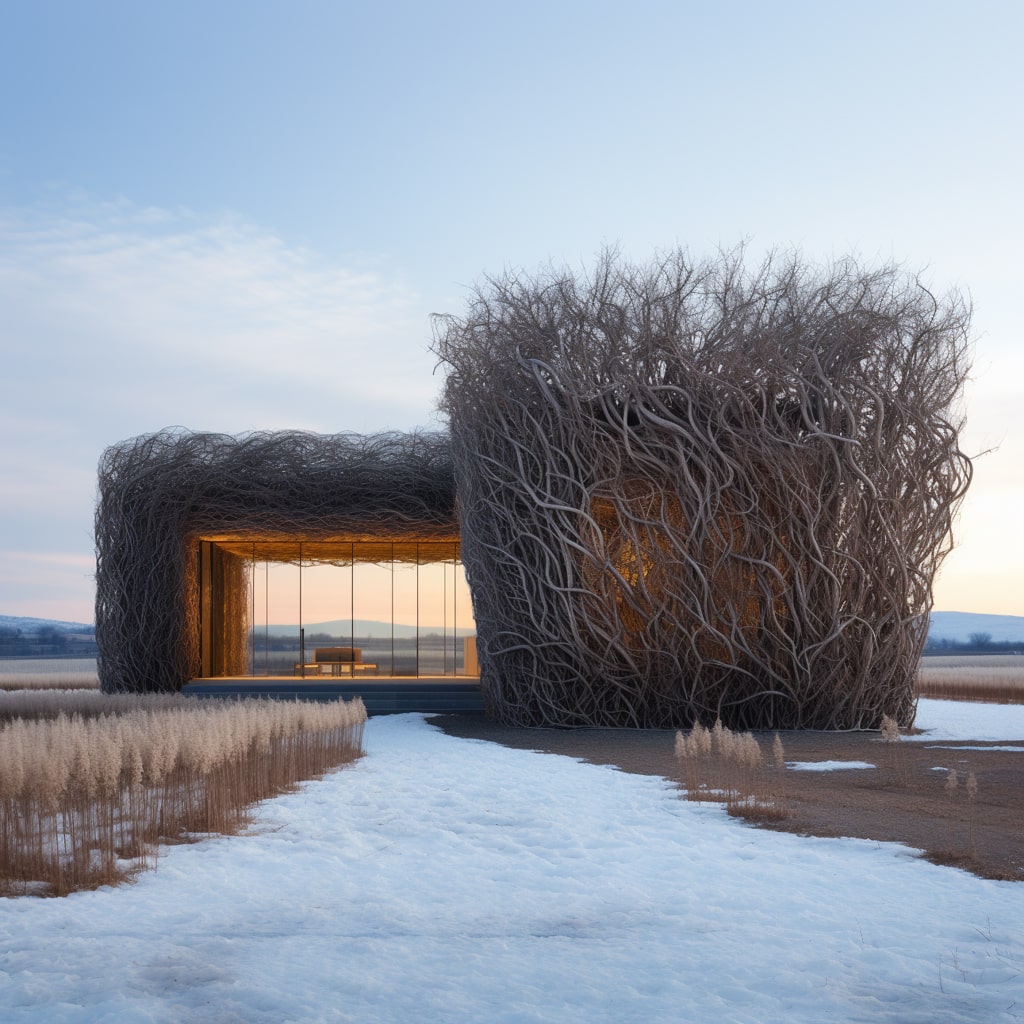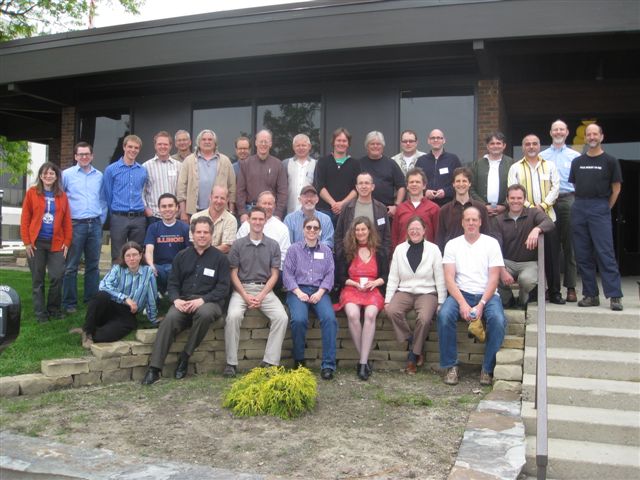
High-Performance Building 101
In the evolving landscape of modern architecture and construction, the concept of high-performance buildings (HPBs) has emerged as a critical element in sustainable development, energy efficiency, and enhanced occupant comfort. This foundational guide aims to elucidate the principles, benefits, and key components of high-performance buildings, paving the way for a future where buildings not only exist but thrive in harmony with their environment.
What is a High-Performance Building?
A high-performance building is designed and constructed to maximize operational efficiency, minimize environmental impact, and provide optimal comfort and health for its occupants. Unlike conventional structures, HPBs are an amalgamation of advanced design methodologies, innovative materials, and cutting-edge technologies, all working in concert to achieve superior performance in energy consumption, water usage, indoor environmental quality, and durability.
Core Principles of High-Performance Buildings
Energy Efficiency: HPBs are optimized for minimal energy consumption, utilizing passive design strategies, high-efficiency HVAC systems, and renewable energy sources to reduce dependency on fossil fuels.
Water Conservation: Efficient water use is achieved through low-flow fixtures, rainwater harvesting systems, and the recycling of greywater for non-potable uses, such as irrigation and toilet flushing.
Material Sustainability: The selection of environmentally friendly materials with low embodied energy and emissions, durability, and recyclability is a cornerstone of high-performance building design.
Indoor Environmental Quality (IEQ): HPBs prioritize occupant health and comfort by ensuring adequate ventilation, natural daylighting, superior air quality, and thermal comfort.
Integration of Technology: Smart building technologies and building information modeling (BIM) are employed to optimize building performance throughout its lifecycle, from design and construction to operation and maintenance.
Benefits of High-Performance Buildings
Reduced Environmental Impact: By minimizing energy and water consumption, HPBs play a crucial role in reducing the carbon footprint and environmental degradation associated with building operations.
Economic Savings: Lower utility bills, reduced maintenance costs, and increased building longevity translate to significant financial savings over the life of the building.
Enhanced Occupant Comfort and Health: The emphasis on IEQ results in spaces that are not only comfortable but also conducive to the health and well-being of occupants.
Resilience and Adaptability: High-performance buildings are better equipped to withstand natural disasters and adapt to changing environmental conditions, ensuring longevity and sustainability.
Key Components of High-Performance Buildings
Advanced Insulation and Glazing: High levels of insulation and the use of high-performance windows minimize thermal bridging and heat loss, contributing to energy efficiency.
Efficient HVAC Systems: Innovative heating, ventilation, and air conditioning systems that adjust to occupancy and weather conditions optimize energy use and indoor comfort.
Renewable Energy Systems: Solar panels, wind turbines, and geothermal systems are often integrated into HPBs to generate clean, renewable energy on-site.
Smart Building Controls: Automated systems for lighting, temperature, and ventilation allow for real-time adjustments based on occupancy and environmental sensors, further enhancing efficiency and comfort.
Sustainable Site Development: The orientation and landscaping of HPBs are strategically planned to harness natural resources, such as sunlight and wind, while minimizing negative impacts on the site and its surroundings.
Moving Forward
As the construction industry continues to evolve, the principles of high-performance building design are becoming increasingly integral to creating sustainable, efficient, and healthy environments. By embracing HPBs, we can significantly reduce the environmental impact of our built environment, while creating spaces that are not only functional but also nurturing and resilient. High-performance building is not just a methodology; it’s a commitment to a better, more sustainable future for all.




